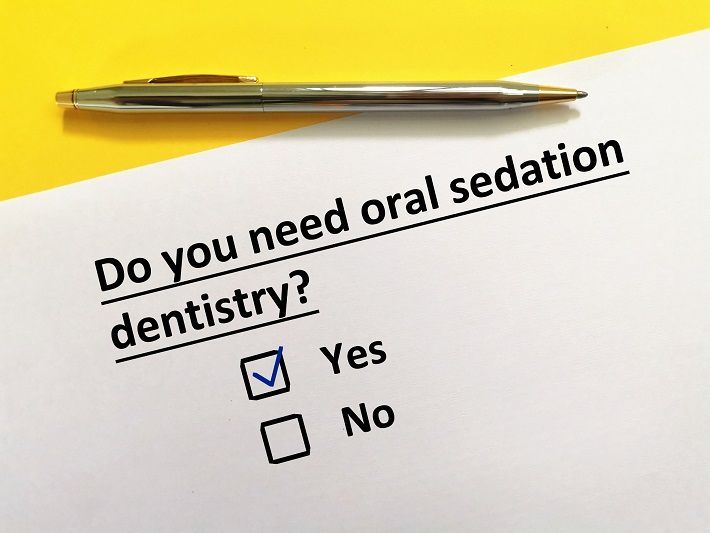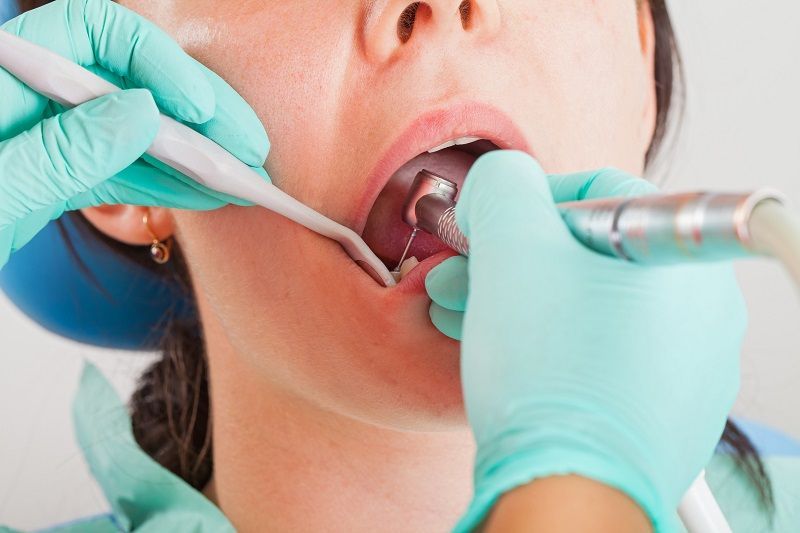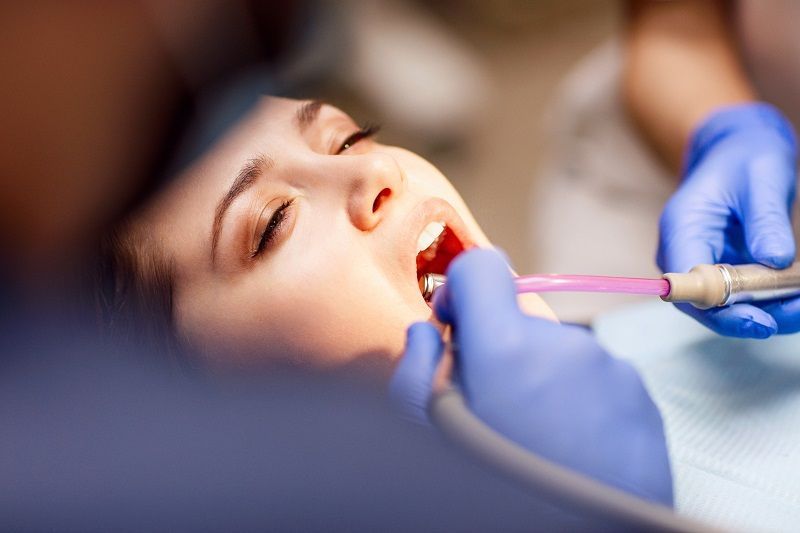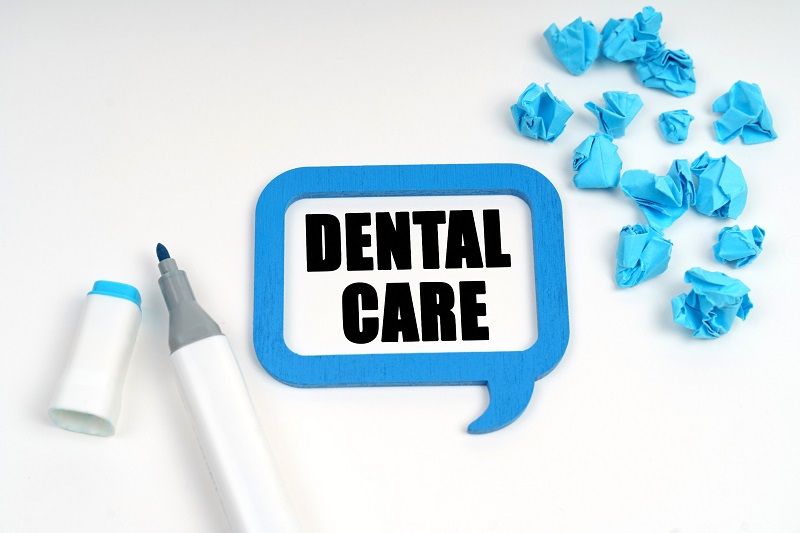Conscious Sedation or IV Sedation – Which Is Right for You?

Choosing between conscious sedation and IV sedation largely depends on your specific dental needs, medical history, and comfort level. Understanding the key differences between the two can help you make an informed decision on which of the Colorado sedation dentistry office to visit :
Conscious Sedation
Typically administered through oral medication, conscious sedation induces a relaxed state while allowing you to remain conscious and responsive during the procedure.
It alleviates anxiety and creates a sense of relaxation, often leading to a hazy or dream-like state. You can still follow instructions from the dentist and communicate if necessary, but you will be generally very relaxed.
Recovery time is usually pretty quick, with most patients able to resume normal activities very shortly after the procedure.
IV Sedation
Administered intravenously, IV sedation produces a deeper level of sedation, causing you to drift in and out of consciousness. It is commonly used for more complex or lengthier procedures.
It creates a profound sense of relaxation, often leading to partial or complete memory loss of the procedure. You may not be able to respond to instructions while under sedation, and your memory of the procedure could fade.
Recovery might take a bit longer, and you'll need someone to accompany you home after the procedure due to the lasting effects of the sedation.
Making the Right Choice
Choosing the right sedation option involves discussing your preferences and concerns with your dentist. Factors such as the complexity of the procedure, your medical history, and the level of anxiety you experience during dental visits will all contribute to determining the most suitable sedation method for you. Your dentist will provide adequate insight and guidance to ensure your comfort and safety throughout the dental procedure.
:Conscious Sedation
Typically administered through oral medication, conscious sedation induces a relaxed state while allowing you to remain conscious and responsive during the procedure.
It alleviates anxiety and creates a sense of relaxation, often leading to a hazy or dream-like state. You can still follow instructions from the dentist and communicate if necessary, but you will be generally very relaxed.
Recovery time is usually pretty quick, with most patients able to resume normal activities very shortly after the procedure.
IV Sedation
Administered intravenously, IV sedation produces a deeper level of sedation, causing you to drift in and out of consciousness. It is commonly used for more complex or lengthier procedures.
It creates a profound sense of relaxation, often leading to partial or complete memory loss of the procedure. You may not be able to respond to instructions while under sedation, and your memory of the procedure could fade.
Recovery might take a bit longer, and you'll need someone to accompany you home after the procedure due to the lasting effects of the sedation.
Making the Right Choice
Choosing the right sedation option involves discussing your preferences and concerns with your dentist. Factors such as the complexity of the procedure, your medical history, and the level of anxiety you experience during dental visits will all contribute to determining the most suitable sedation method for you. Your dentist will provide adequate insight and guidance to ensure your comfort and safety throughout the dental procedure.











